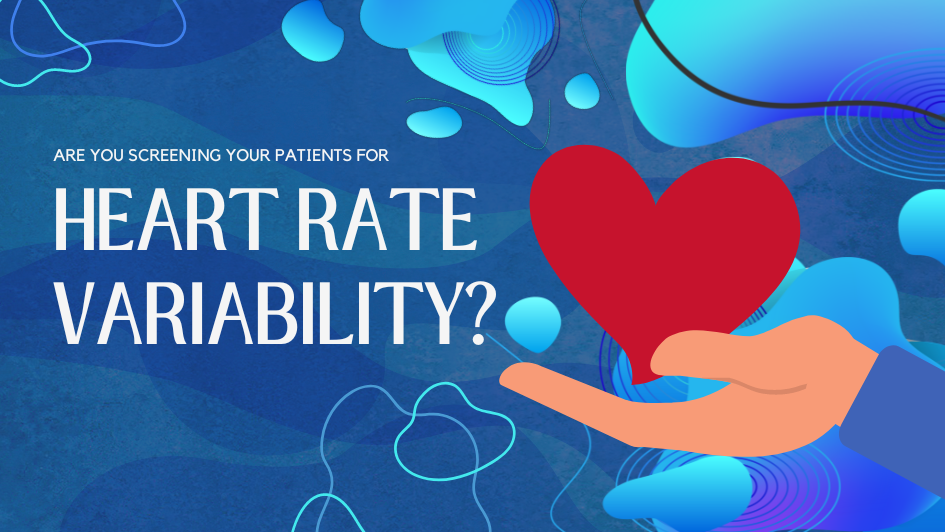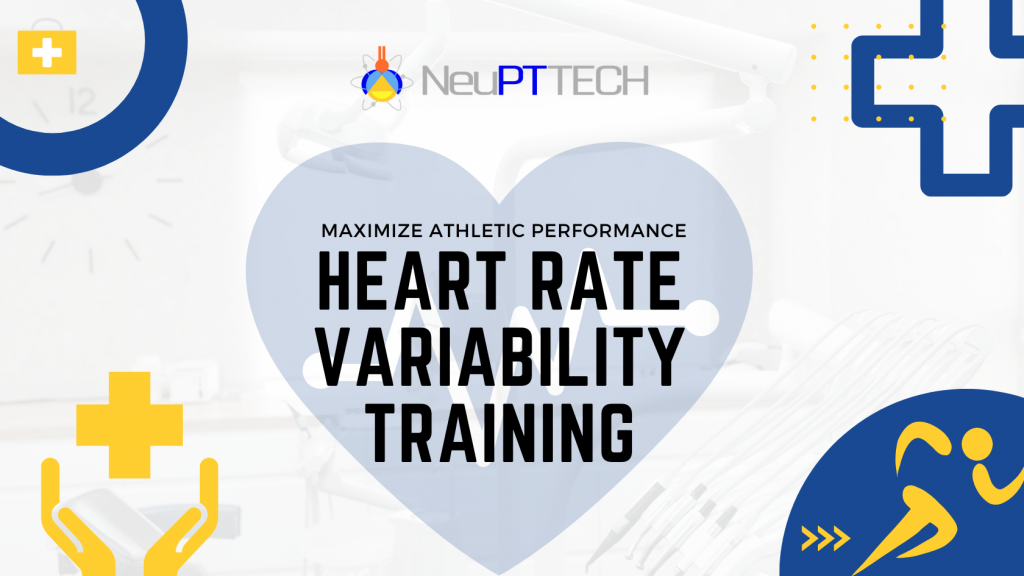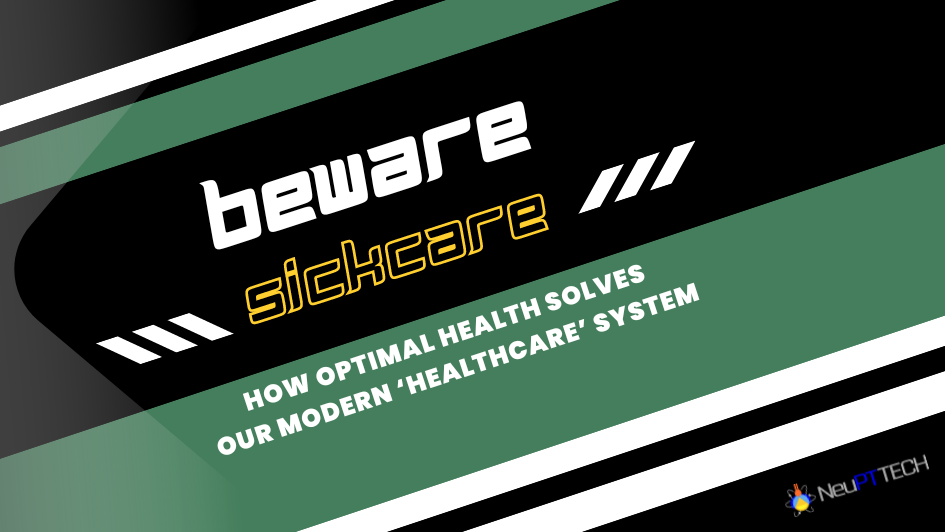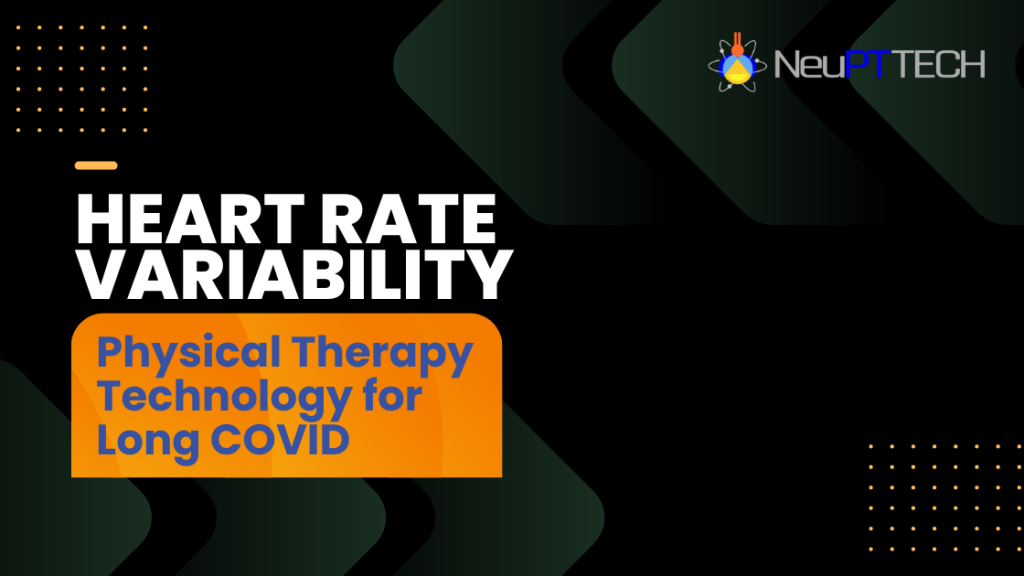
Are You Screening Your Patients for Heart Rate Variability (HRV)?
As a physical therapy owner, you’re focused on helping patients recover from injuries and improve their physical fitness. However, there is a key aspect of their health that you may be overlooking: their heart rate variability (HRV). HRV refers to the variation in time between each heartbeat and is a valuable indicator of the health of the autonomic nervous system (ANS).
Are you screening your patients for HRV? If not, it's time to start. Here's why:
Why You Should Screen Every Patient for HRV
First, HRV is an important biomarker of overall health. Low HRV is associated with a higher risk of heart disease, metabolic disorders and other chronic illnesses. Not to mention, it’s a major barrier to healing after an injury or illness. By monitoring your patients' HRV, you can identify potential health problems before they become serious issues. This allows you to work with your patients to develop proactive health strategies that can prevent the development of chronic diseases.
Second, HRV is a valuable tool for optimizing performance. High HRV is associated with improved athletic performance, faster recovery times, and better sleep quality. By tracking your patients' HRV, you can identify the factors that impact their autonomic nervous system and work with them to develop strategies for optimizing their performance.
Third, HRV can be used to monitor the effectiveness of treatment plans. By tracking changes in HRV over time, you can assess whether your patients are responding positively to your treatment plans. This allows you to adjust treatment plans as needed to ensure optimal outcomes.
"It is one of the greatest tools to allow us to take a peek into our patient's nervous system, allowing clinicians to make accurate intervention decisions and thus facilitating healing faster and more effectively." - Jason Waz, owner of NeuPTtech and practice owner in Tampa, FL
The Research Behind Heart Rate Variability
The importance of HRV is supported by a growing body of research. In a study published in the Journal of Sports Medicine and Physical Fitness, researchers found that athletes with higher HRV had better performance and faster recovery times than those with lower HRV. By using HRV data, athletes can also prevent overtraining.
Another study, published in the Journal of Clinical Endocrinology and Metabolism, found that low HRV was associated with an increased risk of developing type 2 diabetes.
These findings are not limited to athletes. In a study published in the Journal of the American Medical Association, researchers found that low HRV was associated with an increased risk of mortality in patients with heart failure. In another study, published in the European Heart Journal, researchers found that low HRV was a predictor of sudden cardiac death in patients with heart disease.
So, how can you screen your patients for HRV?
One of the easiest and most effective methods is through the use of a heart rate variability system for clinical use. These devices come with all the setup and training you need to measure patients’ autonomic nervous system balance so you can identify potential health problems, optimize performance and monitor the effectiveness of treatment plans.
In addition to using HRV monitors, there are HRV wearables available and other strategies you can use to promote optimal autonomic nervous system balance in your patients. These include stress-reducing techniques such as deep breathing exercises, meditation, and yoga. Exercise is always an important factor in promoting optimal autonomic nervous system balance.
As a clinician, if you're not screening your patients for HRV, you're missing out on a valuable tool for promoting optimal health and performance. By monitoring HRV before and after the patient’s program, you can identify potential health problems, optimize performance and monitor the effectiveness of treatment plans. As a physical therapy owner, it's time to start taking HRV seriously and incorporating it into your patient care strategies.
"If viewed as a diagnostic tool in the PT space, HRV is the most universally useful assessment tool that I have ever discovered that can and should be considered with 100% of your patients." - Jason Waz
To get the best pricing and training on how to effectively add HRV assessments to your clinic, contact NeuPTtech today.


 Previous Post
Previous Post Next Post
Next Post


.png)